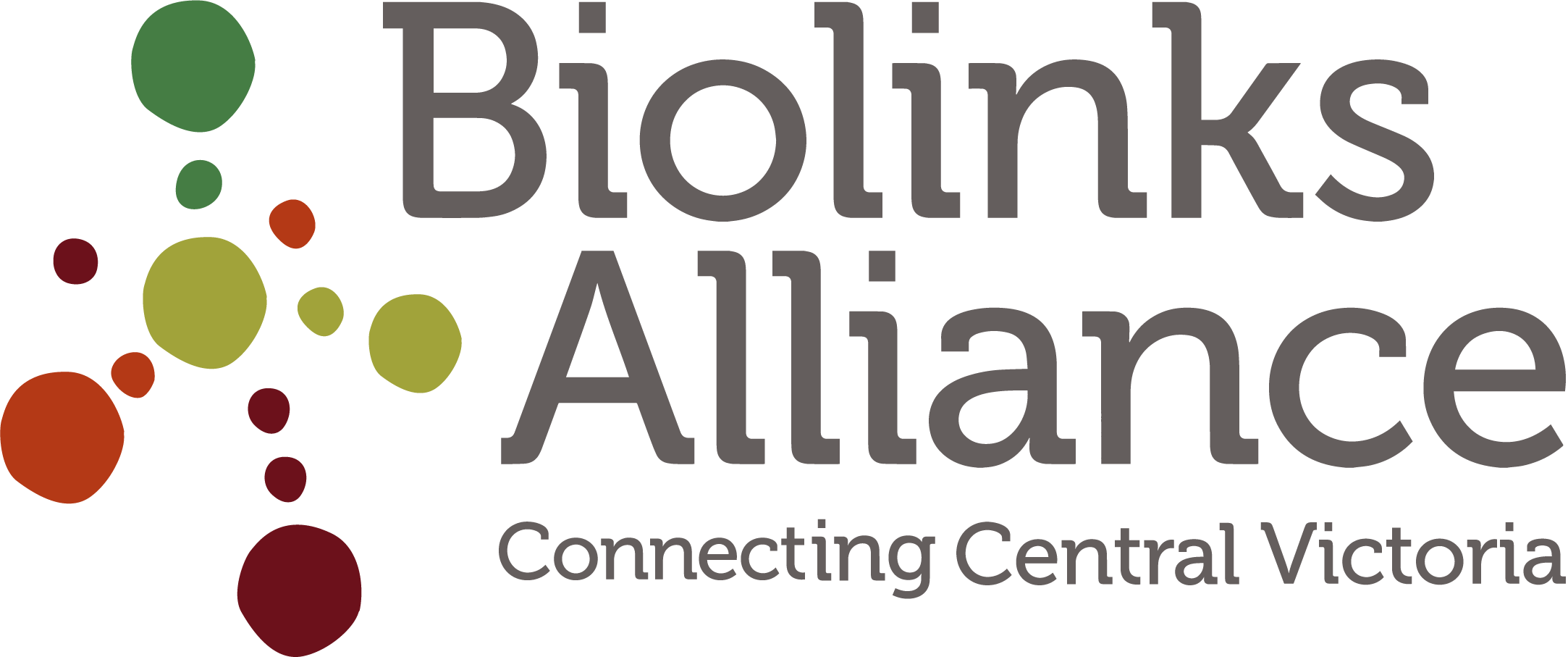Frequently Asked Questions
Overview of project
There are two broad issues within Peters Gully that we are looking to address. Firstly, the hydrology on the site is currently problematic. When it rains, the water doesn't penetrate the soil but instead flows over the surface, causing erosion and runoff downstream.
Past land use practices like gold mining and timber harvesting turned the soil and removed ground storey vegetation. To fix this, we'll use established methods including contour ripping with minimal surface disturbance. Native grasses will be directly sown along the contour rips to allow rainwater to penetrate the ground and rehydrate the landscape.
Additionally, we'll create small ponds along the gully using logs and soil, planting the edges with native semi-aquatic species. The aim is to slow down the flow of water to a natural rate while still allowing it to continue beyond the gully.
The second issue is the high density of trees in the forest. The area has been cleared multiple times over the past two centuries, leading to intense regrowth of eucalyptus trees and coppicing from old stumps.
Thinning of trees with less than 30 cm diameters offers larger (and often older trees) the chance to flourish. This forest historically had trees with 200-300 cm diameters. Large, mature trees are crucial for providing habitat for animals like the brush-tailed phascogale and various bird species. Overall, this method promotes the growth of the remaining trees and accelerates the forest restoration process.
What is involved in this ecological restoration project?
This project will be completed by undertaking several activities some of which have already been completed. These include: the installation of 200 glider/phascogale nest boxes, thinning the eucalyptus regrowth, contour ripping, direct seeding indigenous grasses, creating chains of ponds and revegetating semi aquatic tubestock.
Why is this ecological restorative project important for Heathcote?
Biolinks Alliance’s 'Spring Plains Watershed Repair' project aims to restore a large-scale landscape in the Heathcote area. It has a particular emphasis on addressing the lack of ecological function within Peters Gully using scientific techniques. This project ultimately aims to enhance landscape health and increase resilience to Climate Change, and ensure the reserve is healthy for future generations.
Why is this ecological restorative project important more broadly in Central Victoria?
At Biolinks Alliance, we support the restoration of wildlife and landscapes in Central Victoria by partnering with and building the capacity of other environmental groups and networks. 'Spring Plains Watershed Repair' is a pilot project - the scientific learnings from this project will be shared to ensure the significant momentum for community-driven conservation on public and private land across Central Victoria is supported, coordinated and amplified.
What was the approval process for this project?
Biolinks Alliance has acquired the following approvals for this project:
Native Vegetation Clearance Exemption from the Department of Energy, Environment and Climate Action (DEECA)
Land Use Activity Agreement through Taungurung Land and Water Council
Cultural Heritage Assessment and Planning Permit from the City of Greater Bendigo
Work On Waterways Permit from the North Central Catchment Management Authority
Minor Works Agreement from Parks Victoria
Referral Letter from Goulburn Murray Water
This approval process took two years to complete and was thorough and extensive. Each agency mentioned ensured the project is appropriate, safe and well planned.
How long is this project expected to run?
We are commencing work on this project w/c 22 May 2023. The project has an approximate ten year life span - with initial works planned to finish in September/October 2023.
After 12 months, we hope to see native grasses growing back in the understory. This change should be striking, like the first week after a new haircut. In the next 2-5 years, we are likely to see an increase in the growth of remaining trees and longer lasting hydration of the landscape into summer. We also expect to see significant changes in soil health, including decrease in erosion and sedimentation. And, then in 5-10 years an increase in the diversity and number of native flora and fauna species is anticipated. Hopefully we can see increases in threatened species such as the critically endangered swift parrot or the threatened brush tailed phascogale.
What happens to the wood from the trees being thinned?
We will cut the fallen timber into shorter lengths to be retained on the site. Chainsaws are needed to fell and cross cut the trees. This is done to improve the soil quality as these logs decompose into the ground. It is a key measure for enriching the soil so we ask that you don’t collect the logs as firewood. The community can report the illegal cutting or removal of firewood anonymously by calling the Forestry and Resources Division of DEECA: 13 61 86.


